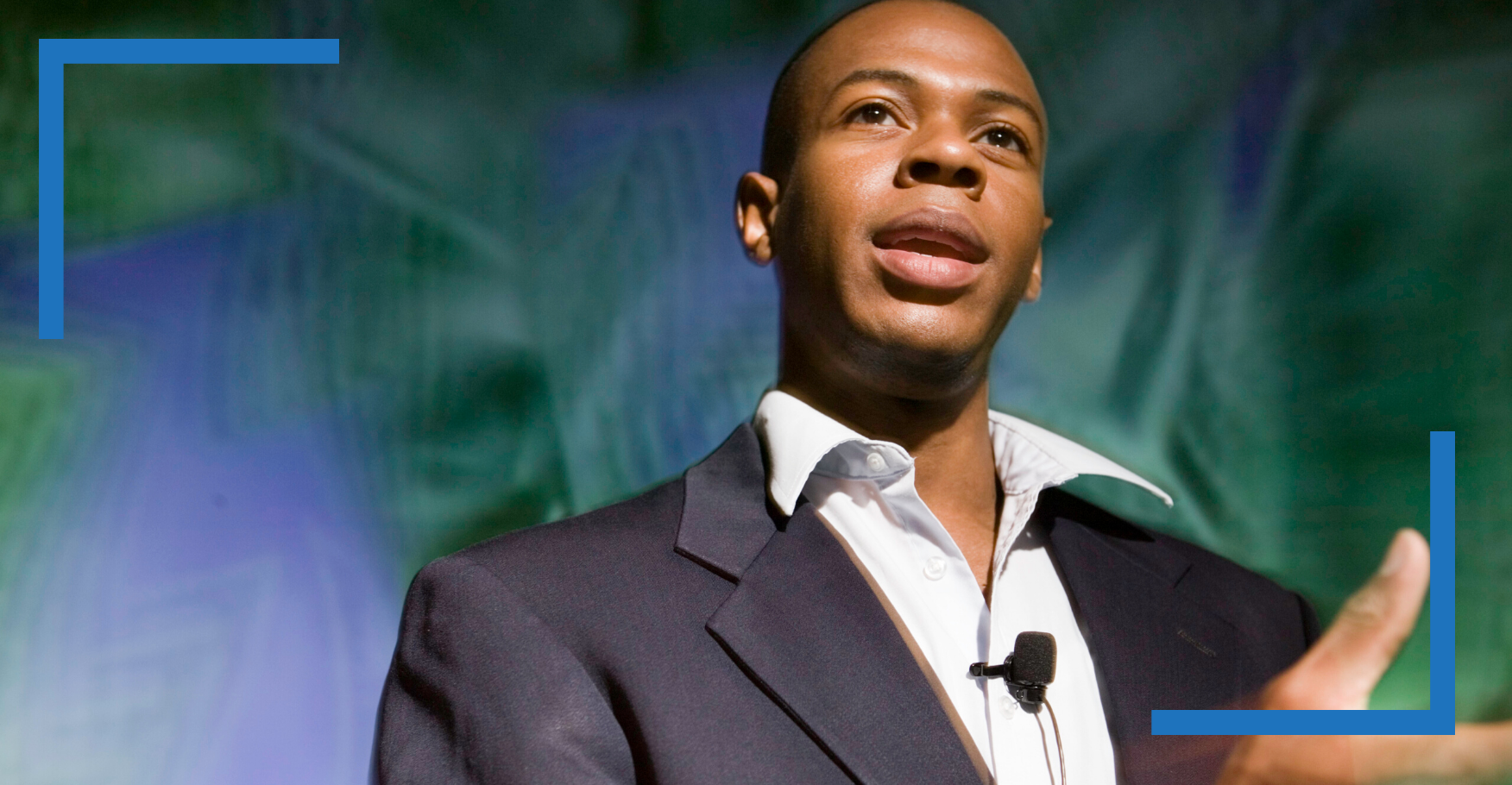Ever wondered why teachers lecture the way we do today?
The painting below depicts the 15th century classroom. In the 15th century, books were scarce, which is why there was one teacher, with one book, lecturing to a room full of others. They would take notes of what the lecturer was saying, and end up with their own book of sorts.
Classrooms today look the same as they did hundreds of years ago, despite technological advancement. According to Science magazine, this study finds that undergraduate students in classes with traditional stand-and-deliver lectures are 1.5 times more likely to fail than students in classes that use more stimulating, so-called active learning methods.
Cleveland State University conducted a study on the effectiveness of lecture-based courses and found that those who took the course had no significant difference in knowledge, than those who had not taken the course at all, after three years.
With the rise of teaching methods such as flipped learning and active learning, why are we still lecturing? According to Dr John Medina, Director of the Brain Center for Applied Learning Research at Seattle Pacific University and author of Brain Rules, the brain is hardwired to learn and survive in unstable, outdoor environments and in near constant motion. Lectures are in direct opposition of how the brain is meant to learn.
So, how should we be teaching to ensure that children are learning? In his Ted Talk, Stephen Baldridge, whose research and work in education and teaching methods have been internationally recognised, considers what it might mean to change the mantra of education. He considers changing it from “learning anywhere, anytime” to “learning everywhere, all of the time” to create fluid, active environments that mimic the way our brains are more inclined to learn.
Watch Stephen’s talk below and let us know what you think!



